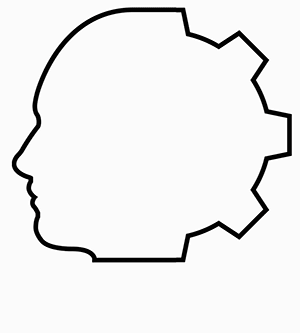Robotic arm sensory system of upper limb prosthesis

This robotic arm sensory system brings hope for full-fledged life even to physically disabled/impaired individuals. At the same time, it opens an area of economic growth in terms of biomedicine engineering. It contains many sensors – proximity, temperature, humidity, CO2, electromagnetic field, gyroscope, accelerometer, strain gauge – creating, all together, a system which allows the robotic arm to transmit relevant information about what happens in its surroundings.
We carried out our robotic arm sensory system project, with the relevant data processing software included, which can scan distances and temperature of the surrounding items, the model maps of the surrounding environment of the robotic arm and with the usage of information from the gyroscope, accelerometer and the electromagnetic field sensor, define the robotic arm’s location. The system reacts to force effects created while interacting with surroundings.
The goal of our project was to advance the development of intelligent exoprosthetic supplements.
Our project’s goal was to contribute to the development of managing complex exoprosthetic supplements by using a designed sensor system based on telemetric, thermometric, motion and contact sensors, made for detection of potentially dangerous circumstances which the arm can get into in case of collision with surrounding objects.
The designed prototype of the prosthetic arm with 6 actuators was successfully tested in a motion simulator. The sensor system detected obstacles in the prosthetic arm model’s surrounding. The control system could identify possible collisions between the arm and surrounding items in real time.
